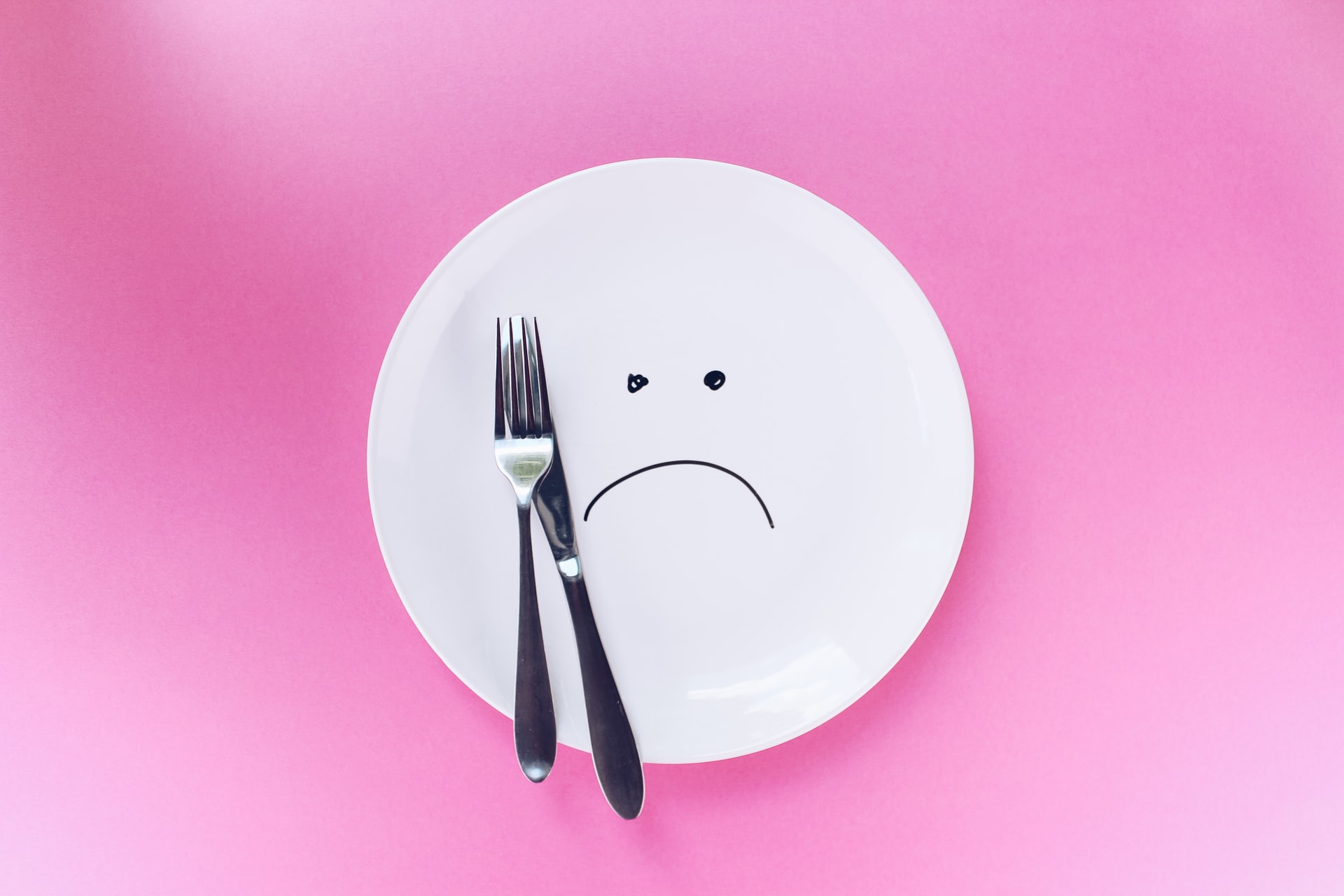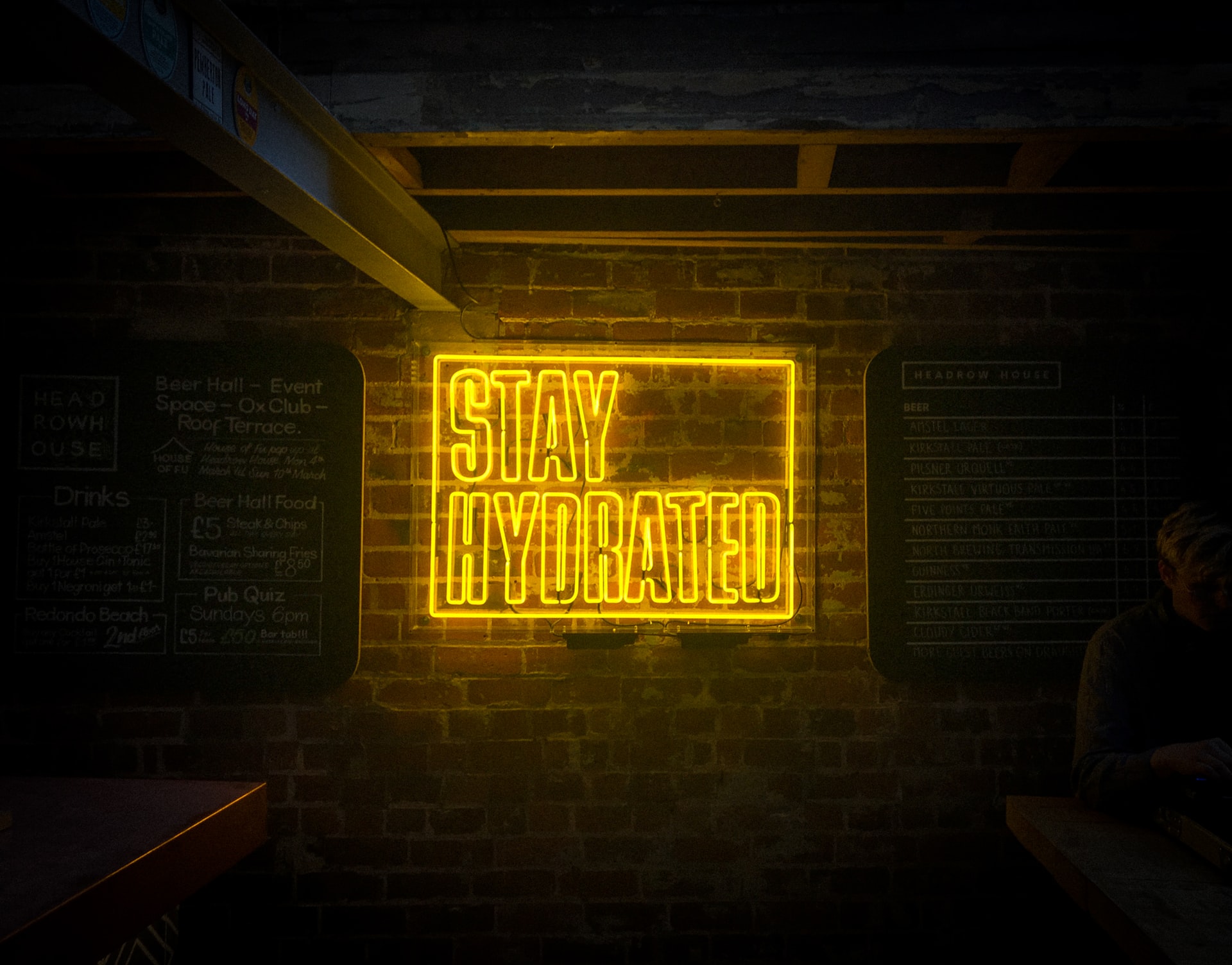Around the beginning of the twenty-first century, a new diet plan called the “low-carb diet” became widely popular. This diet is still popular among those working on losing weight. As the name suggests, a low-carb diet is low in carbohydrates and high in proteins and fats. Certain types of low-carb diets have health benefits, such as reducing the risk of cardiovascular disease and type 2 diabetes mellitus. But there are a few side effects of a low-carb diet that you should be aware of before you embark on this diet journey.
Are there any red flags you must see before you switch to a low-carb diet?
With all things good comes a warning alarm for bad. A low-carb diet is no exception. When you minimize the intake of carbohydrates, a prime energy source for the body, various metabolic changes occur. While the upsides of these changes may be weight loss and low blood sugar levels, there are a few downsides too.
What is a low-carb diet?
There is no standard definition for the cut-off of carbohydrates in a low-carb diet. The general understanding is that the daily limit for carbohydrates in a low-carb diet is around 20 to 60 grams. One gram of carbohydrate gives about four calories. Thus, the total calories you get from the macronutrient carbohydrate in such a diet is 80 to 240 calories.
Is it different from the keto diet?
The keto diet, or ketogenic diet, is a special sub-type of the low-carb diet. Here the carbohydrates are restricted to below 50 grams, and instead, fat intake is spiked. It causes a metabolic change called nutritional ketosis resulting in the production of ketone bodies. The keto diet is considered an extreme form of a low-carb diet. In the past, the keto diet was used for treating drug-resistant cases of epilepsy.
The side effects of a low-carb diet
The low-carb diet is efficient for a short course and when you gradually cut the carbs down. But, various research studies are still in process to assess the long-term safety of the low-carb diet.

Constipation
Fibers are an essential component of our diet for the smooth passage of stools. People following a low-carb diet avoid carbohydrate-rich and fiber-rich foods like whole grains, beans, and legumes. As a result, their bowel habits get altered. Constipation is a common problem faced by those on a low-carb diet, especially the keto diet.
To overcome the problem,
- Drink lots of water and keep yourself hydrated.
- Take a walk after every meal.
- Include high-fiber and low-carb foods – cabbage, cauliflower, broccoli, lettuce, berries, flax seeds, chia seeds, etc.
- Consult your doctor and try fiber supplements or probiotics.
Check out the Organic Tasteful Nutberryeeds rich in fiber, protein, and omega-3 fatty acids. It is a mixture of toasted nuts, berries, flax seeds, and chia seeds, perfect for snacking and good for your gut!

Fatigue
Another common complaint with the low-carb diet is fatigue. When the primary energy source of the body (carbohydrates) is limited, you may start to feel tired. Our body needs time to adapt to the new dieting style. Therefore, the restriction of carbohydrates should be gradual and should not be too low than the calories required by the body.
To fight the fatigue,
- Add calories with other macronutrients like proteins and fats.
- Take enough water and salts to keep your electrolytes in balance.
Cramps
Muscle cramps are mainly due to electrolyte imbalance. While dieting, people tend to miss out on micronutrients like sodium, potassium, magnesium, and others. These electrolytes are crucial for proper muscle function. In addition, insulin levels are low when carbs are restricted. Insulin acts on kidneys to reabsorb sodium. And wherever sodium goes, it draws water with it. Thus, when insulin is low, more salt (natriuresis) and water (diuresis) are excreted by the kidneys. This leads to dehydration which further worsens the electrolyte imbalance.
Therefore, the best way to prevent cramps is to increase your salt intake and keep yourself hydrated.

Headache
Transient headaches are common, especially in the early part of your low-carb diet journey. The body is in a state of stress as it tries to adapt to reduced carbs. Glycogen, the storage form of glucose, gets depleted, and the body starts to rely on fats for fuel. Ketone bodies (acetone, acetoacetate, and beta-hydroxybutyrate) are the metabolic products of fats. This state is called nutritional ketosis, and it takes a few days for the body to reach here.
‘Keto flu’ or ‘carb flu’ is a common term used to refer to the myriad of symptoms experienced during ketosis. They include headache, tiredness, nausea, and muscle aches. Slow transitioning of diet is the single best solution for most of the symptoms.
Bad breath
Halitosis or bad breath is another side effect of ketosis. Bad breath occurs due to the exhalation of ketones, especially acetone. It resolves in a couple of weeks.
Long-term side effects of a low-carb diet
There are no well-established long-term side effects of a low-carb diet. The proposed concerns of long-term effects include,
- Micronutrient (vitamins and minerals) deficiency.
- Gastrointestinal disturbances.
- Cardiovascular diseases due to a high-fat diet.
- Kidney problems due to a high-protein diet.
Tips on handling the side effects of a low-carb diet
While restricting high-carb foods, keep in mind that you might lose your vitamins and minerals from such foods. Consult your doctor and take vitamin supplements, if necessary. Click here to buy multi-vitamins from Foodvez.

You must compensate for calories with proteins and fats. Choose good fats – unsaturated fats with omega-3 and omega-6 fatty acids. Check out the protein supplements and fish oil supplements at Foodvez.
Keep an eagle’s eye on salt and water intake!
Start your diet journey by consulting a nutritionist or a healthcare professional. Follow their plan and go for follow-ups and reviews. Most of the side effects occur when the carbohydrates are cut-off drastically and swiftly. Therefore, take the carbs low, very slow!


